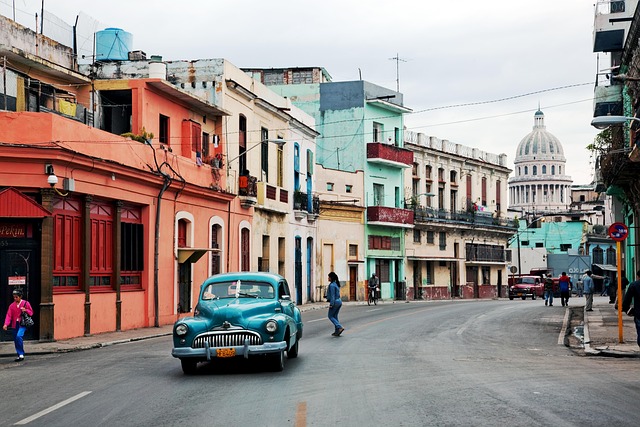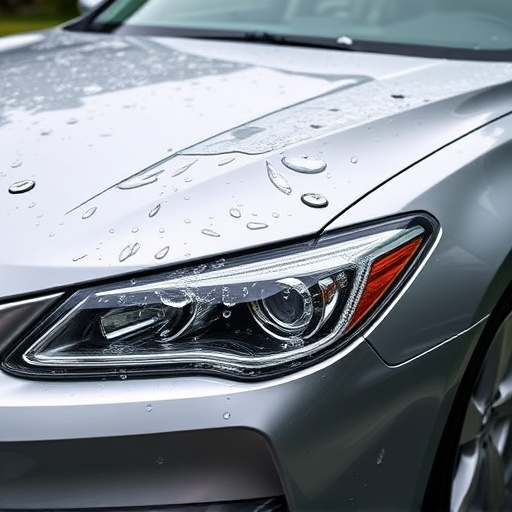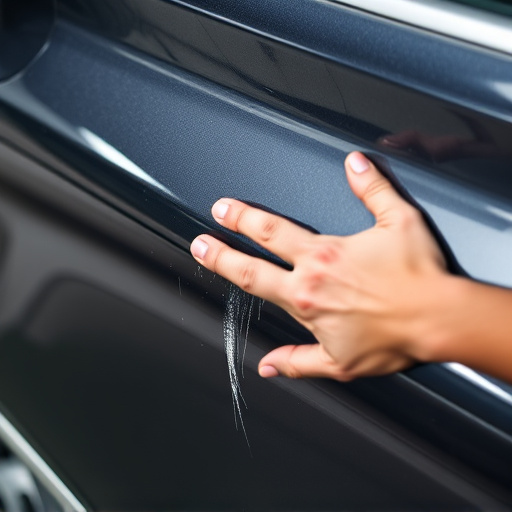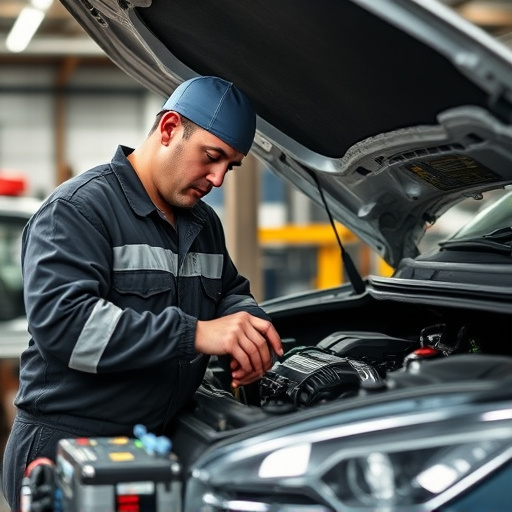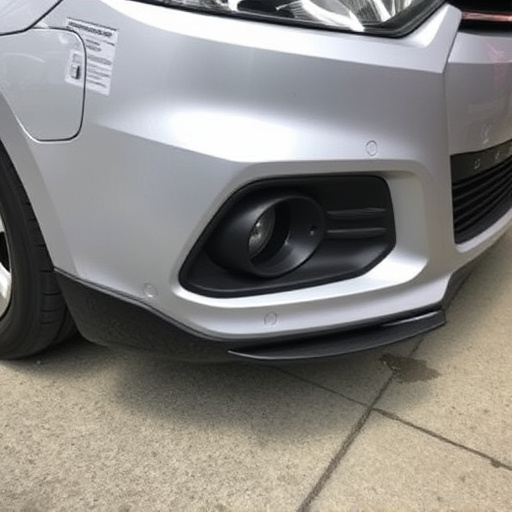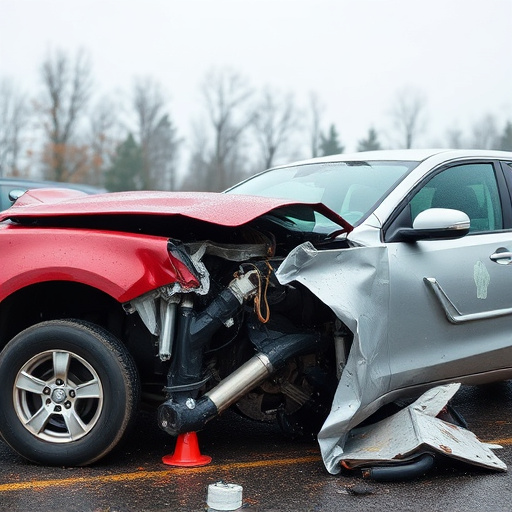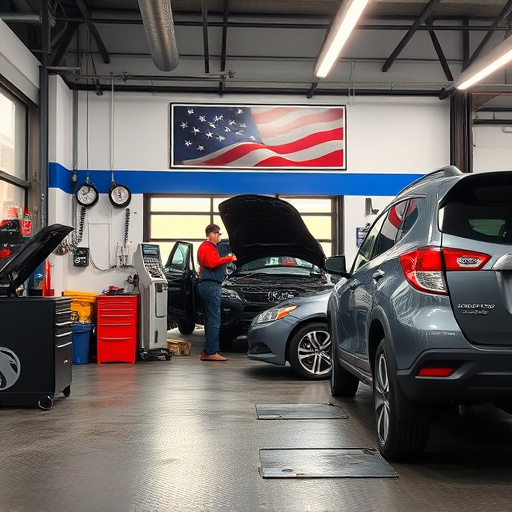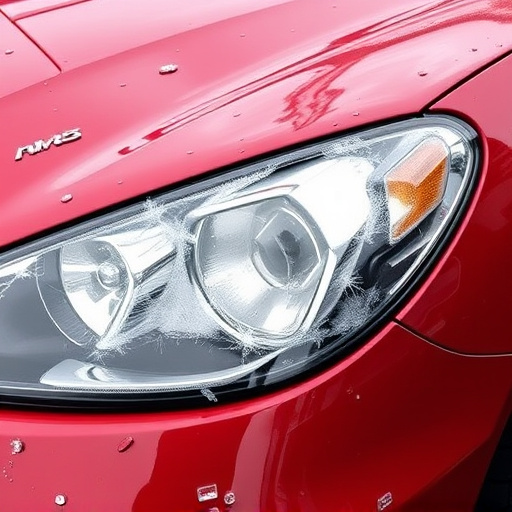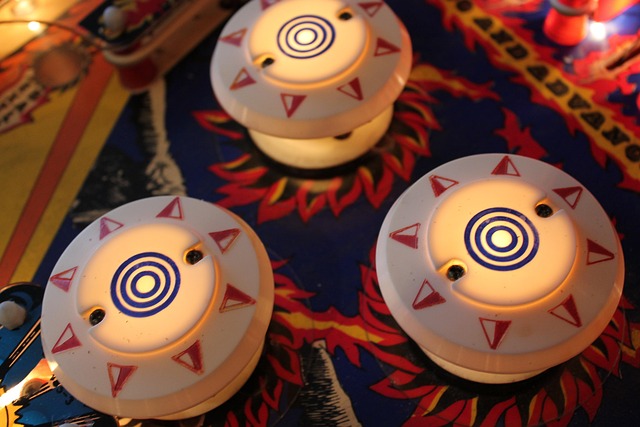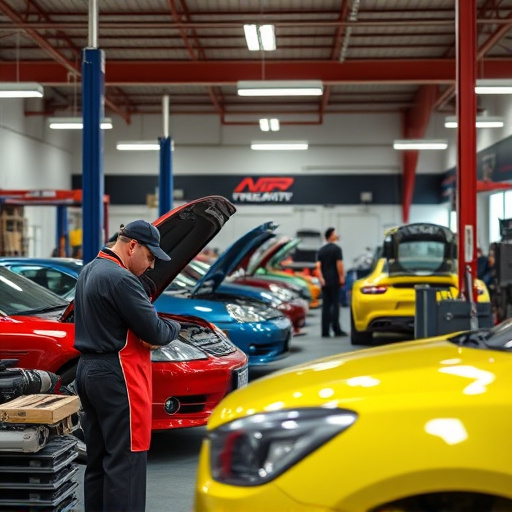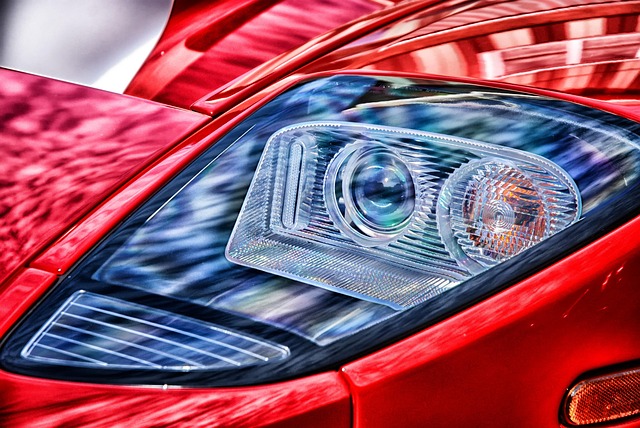Auto paint repair success heavily relies on environmental conditions. Ideal temperatures (50-80°F/10-27°C) and moderate humidity (40%-60%) ensure fast, even drying. Extreme heat/cold, high humidity cause issues like bubbles, cracks, and less durable finishes. Proper ventilation is crucial. Post-repair weather protection through controlled environment and scheduling mitigates risks of premature fading, cracking, blistering. Regular washing and waxing extend repair life.
Weather plays a significant role in the outcome of auto paint repair, affecting every step from application to drying. Extreme temperatures, humidity, and sunlight exposure can alter paint composition, impact drying times, and even cause long-term damage to newly repaired surfaces. Understanding how weather conditions interact with auto paint repair is crucial for achieving optimal results. This article explores these factors in detail, providing insights for professionals and car owners alike. Learn about the science behind weather’s influence on auto paint repair and discover best practices to ensure lasting, high-quality finishes.
- Weather Conditions Affect Paint Application
- Environmental Factors and Drying Times
- Long-Term Impact on Repaired Car Paint
Weather Conditions Affect Paint Application
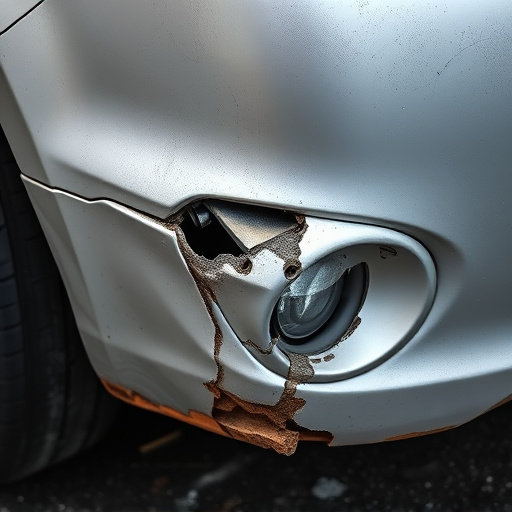
The weather plays a significant role in determining the outcome of auto paint repair jobs. External conditions can either facilitate or hinder the process, directly impacting the quality and longevity of the repairs. For instance, ideal painting temperatures typically range between 50-80°F (10-27°C), with moderate humidity levels. These conditions ensure that the paint adheres properly to the vehicle’s surface, allowing for even coverage and faster drying times.
Unfavorable weather conditions can complicate auto paint repair. Extreme heat or cold can cause the paint to dry too quickly or not at all, leading to bubbles, cracks, or an uneven finish. High humidity levels can also affect paint application, as moisture in the air may prevent proper adhesion, resulting in less durable repairs. Moreover, strong winds and heavy rainfall can create challenges for automotive body shops, especially when it comes to dent removal and fender repair, making these processes more complex and time-consuming.
Environmental Factors and Drying Times
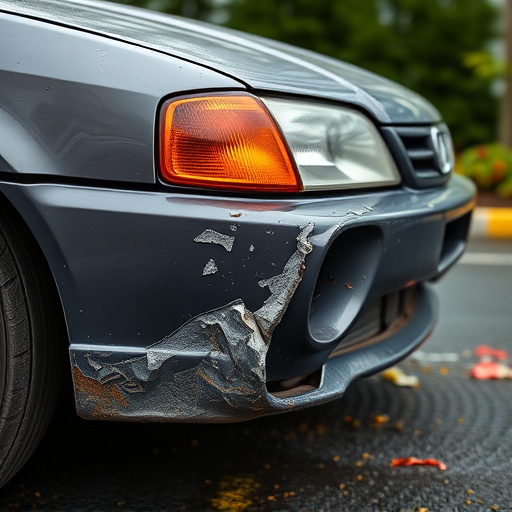
Environmental factors play a significant role in determining the success of auto paint repair. Temperature and humidity levels significantly affect the drying time of fresh paint. In general, ideal conditions for fast and even drying involve moderate temperatures around 70°F (21°C) with relative humidity between 40% and 60%. Higher humidity delays drying as moisture in the air can impair paint adhesion and texture. Conversely, extremely hot or cold weather can cause the paint to dry too quickly, potentially leading to surface imperfections such as bubbles or cracks.
Proper ventilation within a car body shop is crucial to managing these environmental factors. Adequate airflow ensures that humidity is kept at optimal levels, promoting consistent and reliable drying times for auto paint repair. This not only enhances the quality of the repair but also reduces the risk of repainting being necessary due to poor drying conditions. Therefore, understanding and controlling these environmental variables are key steps in achieving high-quality car scratch repair or car paint repair outcomes.
Long-Term Impact on Repaired Car Paint
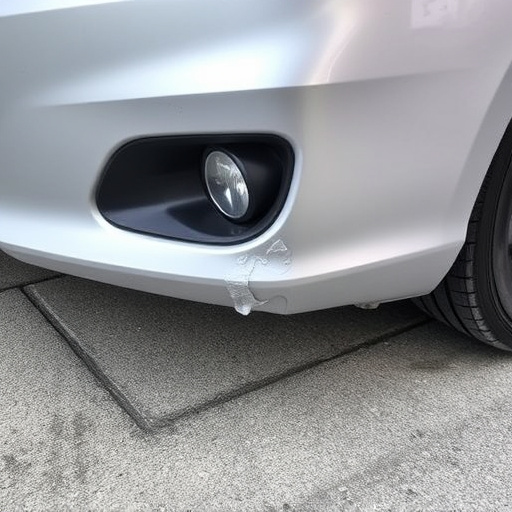
After auto paint repair, the long-term impact of weather conditions cannot be overlooked. Exposure to harsh elements like UV rays from the sun, extreme temperatures, and precipitation can significantly affect the durability of the fresh paint job. UV radiation can cause premature fading and cracking, while fluctuating temperatures during the curing process may lead to blistering or peeling. Properly maintaining a controlled environment during the repair process is crucial to mitigate these risks.
Auto maintenance experts recommend that car restoration projects be completed during favorable weather conditions to ensure optimal results. This involves scheduling repairs when the temperature is moderate and there’s minimal direct sunlight, allowing the paint to cure evenly and last longer. Protecting the repaired vehicle from future environmental stressors through regular auto maintenance practices, such as washing and waxing, will further extend the life of the repair job.
Understanding how weather conditions influence auto paint repair is key to achieving optimal results. From the initial application to long-term durability, environmental factors play a significant role in the success of any paint job. By considering drying times and choosing the right conditions for application, you can ensure that your auto paint repair not only looks good but also stands the test of time, protecting your vehicle’s new or restored paintwork effectively.
